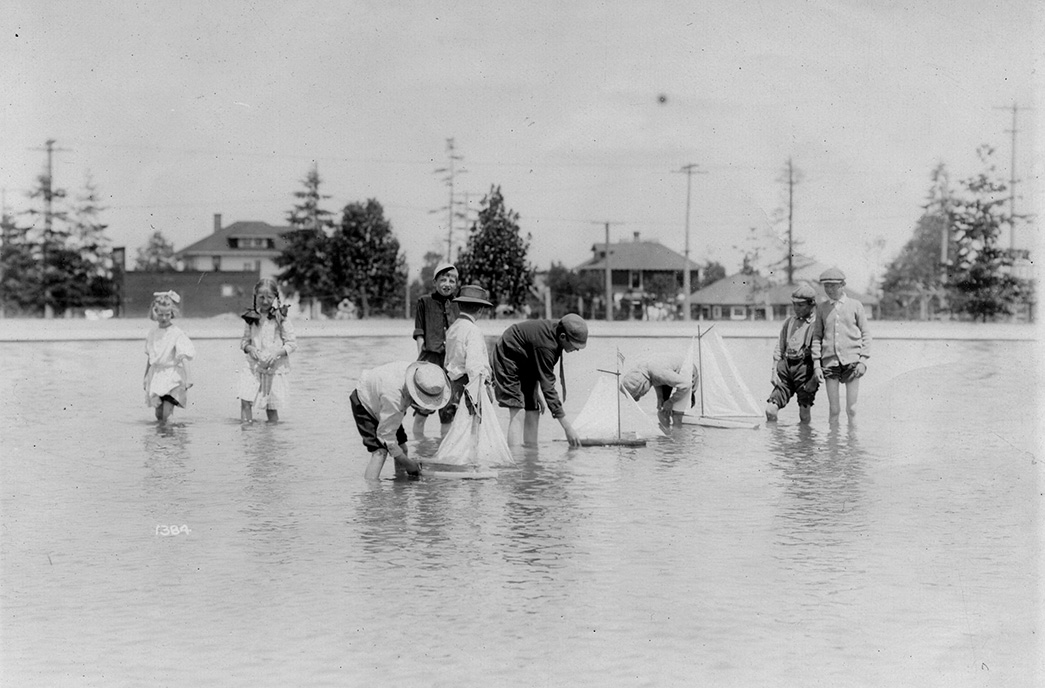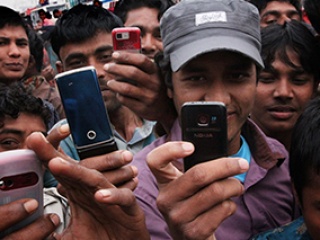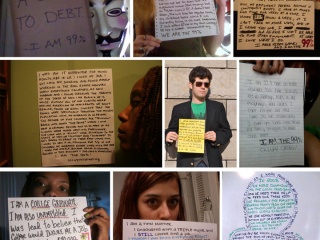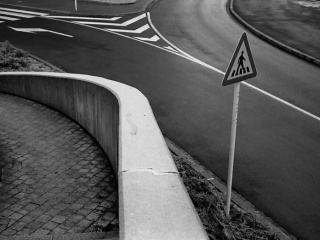Liquid Identity
Faces of self-representation

Hiawatha Playfield wading pool, 1912. Don Sherwood Parks History Collection (Record Series 5801-01), Seattle Municipal Archives.
Until a few centuries ago, one’s own image, clear and individual, was an experience many people could only achieve when they gazed at a mirror of water. It is no coincidence that, while Balzac and Dickens were recovering all types of characters from anonymity, technology made mirrors affordable and photography emerged from laboratories. The need arose to recognize one’s self. Suddenly, presenting one’s self and surviving in an image was available to more people, as demonstrated by the business cards popularized by Disdéri in France and Victorian post-mortem photography.
Nonetheless, the concept of identity was gradually constructed and consolidated throughout the 20th century, from various fronts, accompanied by photography. Identity documents and passports, the evolution of cameras, the growing visual recognition and recording of minorities all led to the current possibility of determining for ourselves not so much who we are, but how we wish to be seen. A few years ago, students were typically asked: what do you want to be when you grow up? Today, with photography linked to social networks, many young persons are constantly reporting who they are, and do not have to wait for an uncertain definitive vision of themselves, which technology makes impossible. More and more people, in response to an environment that is changing at breakneck speed, must repeatedly adapt to an identity that assumes the shape of its opportunities, and benefits as much as possible from its learning capacity.
Where there is life, identity cannot be carved in stone. It has now become liquid and we will have increasing opportunities and challenges to guide its flow. Confronted with the risk of our own face slipping out of our hands in the immense torrent of memes, filters and recreations that enable the digital world and facilitate social networks, it is important to know how other persons have channeled their means of depicting themselves. There is an inexhaustible ocean of images for this topic, from which we have selected a small sample that enable us to explore this horizon. This phenomenon, and its most recent evolution, is such a vast sphere that it is barely possible to scratch the surface, but we wish to share this journey with you.
 Alejandro Malo (Mexico, 1972). Lives and works in Mexico and is the director of ZoneZero. Since 1993, he has taken part in various cultural projects and worked as an information technology consultant. He has collaborated in print and electronic publications, and given workshops and conferences on literature, creative writing, storytelling and technology. In 2009, Malo joined the team of the Fundación Pedro Meyer, where he directs the Archives and Technology departments.
Alejandro Malo (Mexico, 1972). Lives and works in Mexico and is the director of ZoneZero. Since 1993, he has taken part in various cultural projects and worked as an information technology consultant. He has collaborated in print and electronic publications, and given workshops and conferences on literature, creative writing, storytelling and technology. In 2009, Malo joined the team of the Fundación Pedro Meyer, where he directs the Archives and Technology departments.




